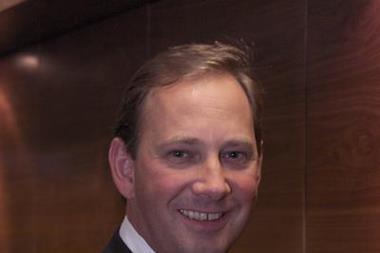Half-year results show soaring growth in business and profits
Amlin has reported premium and profits rises for its half-year results.
Financial highlights (2008 in brackets)
- Gross written premium £950.1m (£715.5)
- Net written premium £810.1m (£633.0m)
- Net earned premium £510.3m (£445.7m)
- Underwriting performance was £135.3m (£148.7m)
- Profit before tax £177.1m (£137.3m)
- Combined ratio 73% (67%)
Amlin claims that at constant rates of exchange, GWP increased by 9.3% and said the underlying increase in written premium reflects an improvement in the rating environment, particularly for catastrophe reinsurance, and new business.
Syndicate 2001 produced an underwriting return of £50m (£89m) and Amlin Bermuda’s contribution was £85.3m (£59.7m). Excluding the non-monetary foreign exchange adjustment, underwriting profit increased by 29.3% to £193.1m.
The claims ratio was again low at 39% (40%), reflecting the low frequency of both catastrophe losses and large individual risk losses in the period, Amlin said.
The average renewal rate increase for the Group was 4.9% with renewal retention at 86.1%
Biggest price rises
Amlin said catastrophe lines saw the biggest price rises, with rating for US catastrophe exposures nearly reaching the peak levels attained in 2007. In non-catastrophe exposed lines pricing has stabilised and in some areas there is a steady upward trend.
“However, many of these insurance lines are towards the bottom of their pricing cycles and margin potential has so far remained low. Consequently, we have weighted our portfolio towards catastrophe reinsurance and other areas of the account, such as UK commercial motor, where we anticipate a more sustainable improvement in margins,” Amlin said.
Retrocessional cover reduced
Amlin said: “Retrocessional reinsurance has become scarcer and more expensive. Amlin has continued to purchase retrocessional reinsurance, though the overall level of excess of loss reinsurance cover has reduced slightly.
“Special Purpose Syndicate 6106 (S6106), which was established in November 2008 to write a 15% quota share of Syndicate 2001’s excess of loss accounts, provides an alternative risk transfer mechanism to retrocessional cover and has given us scope to grow our reinsurance income notwithstanding the scarcity of traditional retrocessional capacity. At 30 June 2009, written premium ceded to S6106 was £28.6m, against total capacity of £49.9m at 30 June 2009 rates of exchange.”
Catastrophe losses
Amlin said: “Natural catastrophe activity was relatively low in the first six months of 2009, with overall losses estimated at $25bn. However, total insured catastrophe losses for the first half amounted to $11bn, marginally above the ten year average.
“The largest insured event was winter storm Klaus, which affected Southern France in January, with an estimated total insured loss of $2.3bn. Other major losses in the period included the Australian wildfires in February and the Italian earthquake, L’Aquila, in April.
“Amlin’s estimated exposure to these events is modest, reflecting the relatively low level of insured losses for these events. Our largest catastrophe event for the period is L’Aquila for which we conservatively estimate claims of $23m.
Amlin London
- GWP £643.5m (£518.6m).
- Net earned premium £268.3m (£270.6m)
- Combined ratio 68% (73%).
Amlin UK
- GWP £91.7m (£77.3m).
- Net earned premium £65.5m up 17.4%
- Combined ratio 80% (73%)
Amlin said of the UK: “The trading environment for this business is improving. Increases continue to be evident in fleet motor rates, often the first sign of upward pressure in the wider UK commercial market.
“Rate increases have so far been modest, at an average of 4.0%, but there has been a notable increase in the number of quotations requested and more importantly the overall conversion ratio. Rate increases on the fleet motor renewal book purchased from HCC last year were above expectations.
“Other classes have continued to decline, although more slowly, and we saw stabilisation of rates for employers’ liability business at mid year. “




































